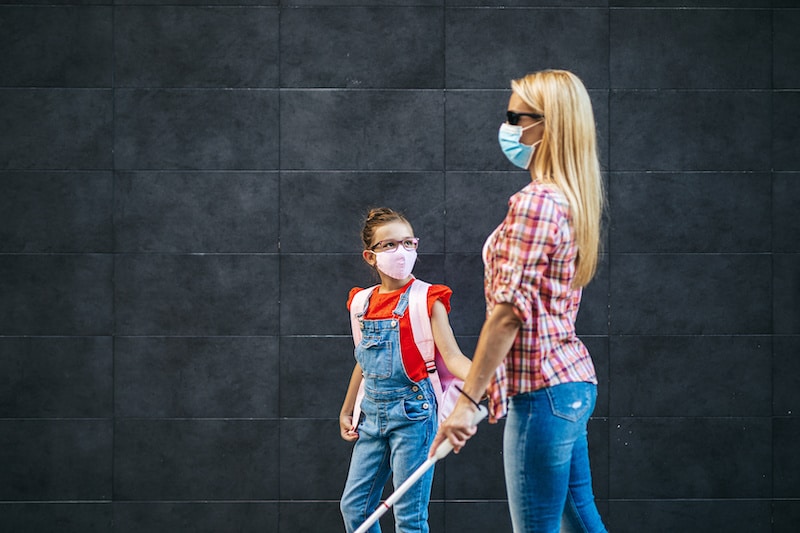Exposure therapy involves exposing patients to feared stimuli in order to desensitize them to those stimuli. It’s similar to how an animal learns to fear something by being repeatedly exposed to it. By gradually increasing the intensity of exposure, patients learn to tolerate the stimulus without feeling anxious.
The psychologist creates a safe setting in which you can be “exposed” to the feared and actively avoided stimuli. Controlled exposure to your anxieties involving items, activities, circumstances, or memories in a safe atmosphere teaches you to conquer your fear and reduces your avoidance tendencies. Exposure therapy has demonstrated efficacy in the treatment of a variety of conditions, including:
- Phobias Panic Ailment
- Social Anxiety Syndrome
- Disorder of Obsessive-Compulsive Compulsiveness (OCD)
- Posttraumatic Stress Syndrome (PTSD)
- Generalized Anxiety Disorder (GAD)
Long-term exposure therapy works through two distinct mechanisms. The first is imaginal exposure, which involves exposing the patient to thoughts, memories, and emotions associated with the traumatic incident. The second method is in vivo exposure, in which the patient is exposed to locations associated with the trauma.
If a person has PTSD symptoms connected to a car crash, the therapist may gradually introduce them to places they had avoided, such as the street where the crash occurred,”
The sessions include discussing the traumatic experience and are taped so that patients can listen to them between sessions. Patients may be assigned homework in which they listen to the recordings or visit the avoided locations while keeping a journal of their feelings. In subsequent sessions, the therapist will review the assigned tasks and invite the patient to revisit the traumatic experience.
The recollections of a traumatic incident are unpleasant and stressful, but once patients begin discussing the trauma in the safety of the therapeutic setting , they understand that these are only memories that can no longer harm them. As they continually recall the traumatic experience, the recollections eventually lose their sting.
This phenomenon, known as habituation, is responsible for the effectiveness of sustained exposure therapy.
Habituation occurs when a person becomes accustomed to a a recurrent stimuli. The body cannot maintain a high degree of stress and anxiety for an extended period of time, so if we continue to discuss the traumatic incident or visit a place that produces distress, the body finally learns how to relax.
The purpose of prolonged exposure is not to eliminate uncomfortable ideas and sensations, but to alter the person’s relationship with and response to them,
It is typical to feel worried or anxious at first beginning lengthy exposure, but it becomes easier to manage these symptoms with time and experience.



